
History of Vietnam After Nearly 50 Years of Independence and Peace
Since gaining independence nearly 50 years ago, Vietnam has undergone significant transformations and achievements that have shaped the nation's identity and progress. Here's a look back at the key milestones and developments in Vietnam's journey
After the end of the Vietnam War in 1975, the country faced the enormous task of rebuilding. The war had left Vietnam with a devastated infrastructure, a struggling economy, and widespread poverty. Vietnam has experienced numerous challenges and milestones over the past nearly 50 years. Here's a look back at the trials and paths that have shaped the nation:
What happened?
In the aftermath of World War II, the world was divided into two major blocs: the capitalist, democratic West led by the United States, and the communist East led by the Soviet Union. This division manifested itself in the form of the Cold War, a prolonged period of political and military tension between the two superpowers. It was against this backdrop that the United States' involvement in Vietnam unfolded.

Map of the polarization between the two great powers
One of the primary reasons the United States entered the Vietnam War was the policy of containment. This doctrine aimed to prevent the spread of communism to non-communist countries, particularly in Asia. Following the communist victory in China in 1949 and the outbreak of the Korean War in 1950, the United States became increasingly concerned about the domino theory, which suggested that if one country fell to communism, its neighbors would soon follow suit.
Vietnam, which had been fighting for independence from France since 1946, became the focus of these concerns when a Communist Government led by Ho Chi Minh emerged in the northern half of the country. The United States began supporting the Non-communist Government in South Vietnam, led by Ngo Dinh Diem, in an effort to counterbalance the communist regime in the North.
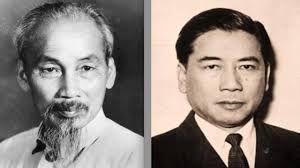
Ho Chi Minh and Ngo Dinh Diem (collected photos)
The United States was influenced by economic factors. Vietnam was rich in natural resources, such as rubber, tin, and oil, which were of strategic interest to the United States. Furthermore, Southeast Asia was an important market for American goods and services. The U.S. Government was concerned that the loss of Vietnam to communism would lead to the loss of other markets in the region, resulting in an economic domino effect.
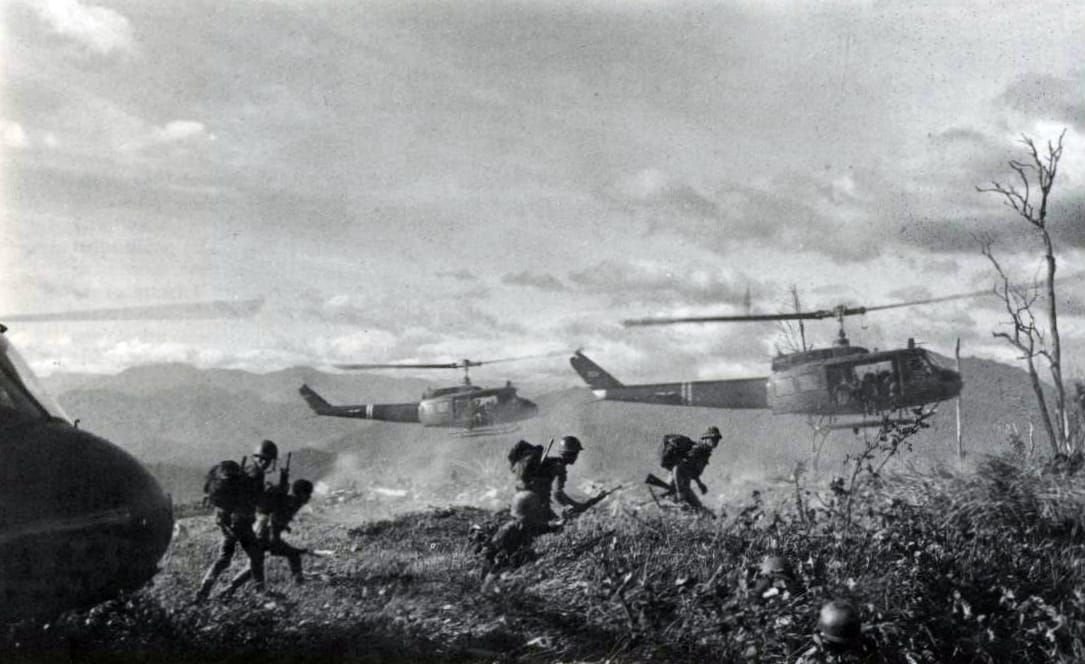
Domestic politics also played a significant role in the United States' decision to go to war in Vietnam. With the specter of McCarthyism and the Red Scare still looming large in American society, politicians were keen to appear tough on communism. They feared that any perceived weakness would be exploited by their political rivals, and so they were hesitant to abandon South Vietnam to communism. Moreover, the United States was influenced by a sense of exceptionalism and a belief in its responsibility to promote democracy and freedom around the world. The U.S. government saw itself as a beacon of hope and a defender of liberty, and the fight against communism in Vietnam was framed as a moral imperative.
As the conflict in Vietnam escalated, American involvement increased. The Gulf of Tonkin incident in 1964, in which North Vietnamese forces allegedly attacked U.S. naval vessels, led to a significant escalation of U.S. military involvement. President Lyndon B. Johnson used the incident as a pretext to secure the Gulf of Tonkin Resolution from Congress, which granted him broad authority to wage war in Vietnam without a formal declaration of war.
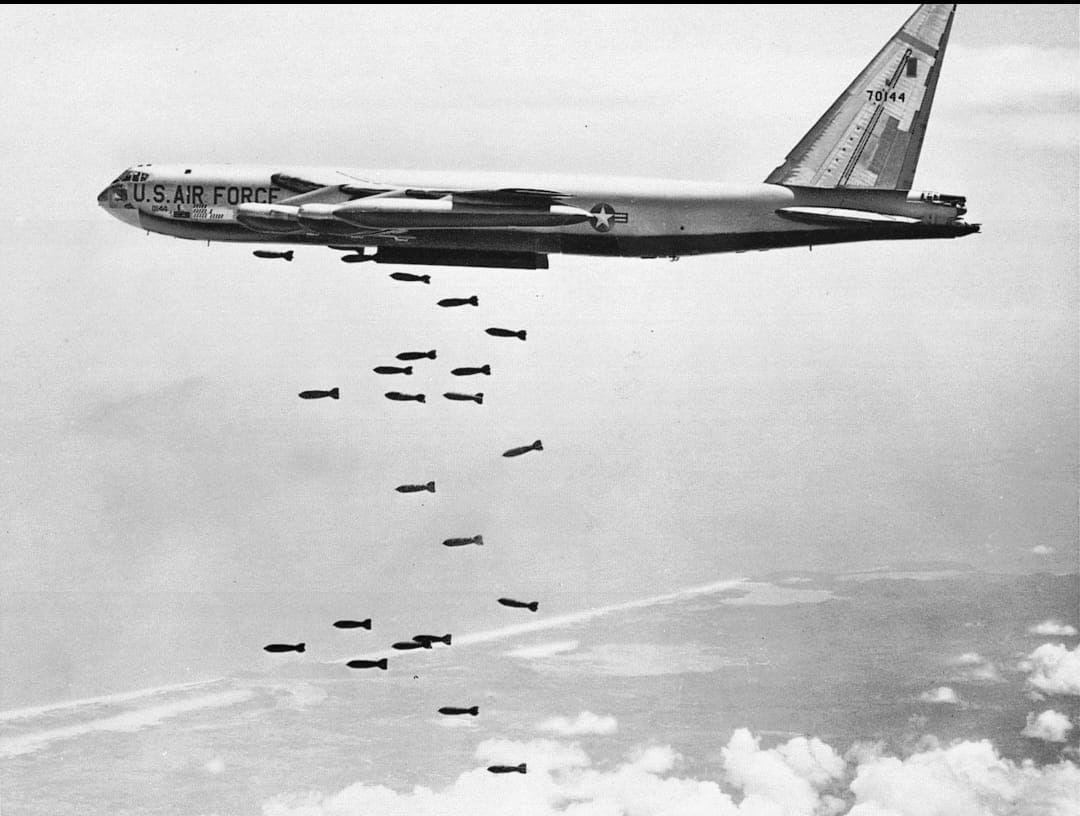
Throughout the conflict, the US employed a variety of strategies in an attempt to achieve victory. This included large-scale bombing campaigns. The use of chemical defoliants such as Agent Orange, the deployments of hundreds of thoundsands of American ground. However, The US struggled to counter the guerrilla tactics of the North Vietnamese forces and the Viet Cong, who were supported by the Soviet Union and China.
Public opinion in the United States eventually turned agaisnt the war, fueled by the growing number of American casualties, widespread protests and revelations of atrocities committed by U.S. forces. In response, President Richard Nixon implemented a policy of Vietnamization, which aimed to gradually shift the burden of fighting onto the South Vietnamese military while withdrawing U.S. troops. This process was accompanied by a series of peace talks and negotiations between the United States, North Vietnam, South Vietnam and the Viet Cong.

By 1973, the United States had reached a ceasefire agreement with North Vietnam, known as the Paris Peace Accords. This led to the withdrawal of U.S combat troops, though some American military advisors and support personnel remained in South Vietnam. Despite the ceasefire, fighting continued between North and South Vietnam, and the United States continued to provide financial and military aid to the South.

The war finally came to an end in 1975, when North Vietnamese forces captured Saigon, the capital of South Vietnam. The United States' involvement in the Vietnam War had cost the lives of over 58,000 American service members, left countless others physically and psychologically wounded, and led to immense devastation in Vietnam and neighboring countries.
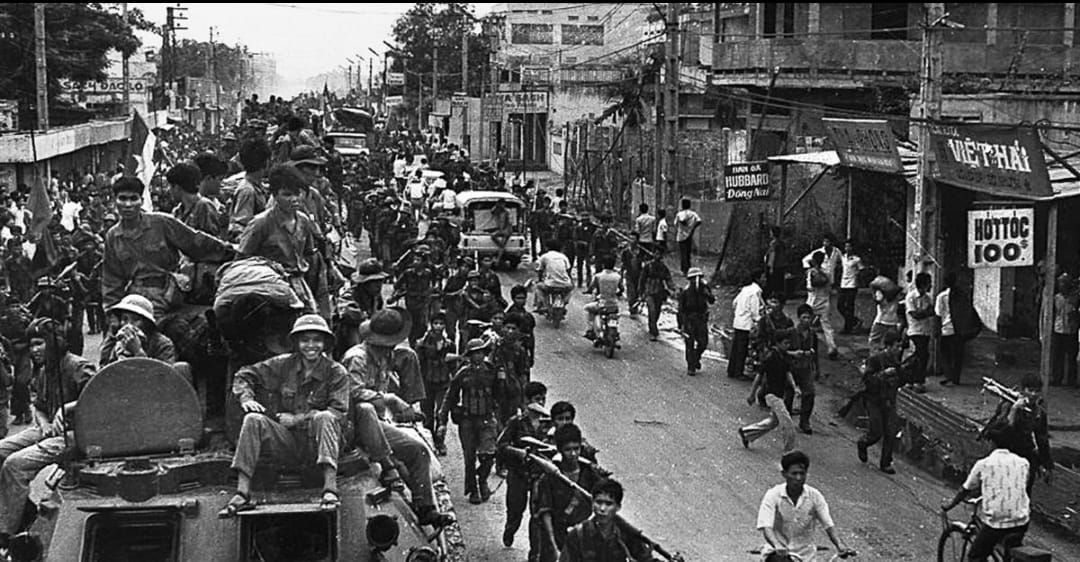
In retrospect, the real reasons for U.S. involvement in the Vietnam War were a combination of geopolitical, economic, and ideological factors. The policy of containment and the fear of the domino effect led the United States to support the non-communist government in South Vietnam, while economic interests and a belief in American exceptionalism further solidified the U.S. commitment to the conflict. Domestic politics and the desire to appear strong in the face of communism also played a role in the decision-making process.

While the United States ultimately failed to achieve its objectives in Vietnam, the war had lasting implications for U.S. foreign policy, the military and the American public. The Vietnam War left a legacy of distrust in goverment, skepticism about the use of military force, and a determination to avoid future quagmires. It also served as a cautionary tale about the limits of American power and the dangers of unchecked interventionism.
Post-War Reconstruction
After the end of the Vietnam War in 1975, the country faced the enormous task of rebuilding. The war had left Vietnam with a devastated infrastructure, a struggling economy, and widespread poverty. The initial period of reconstruction under a centrally planned economy encountered numerous difficulties, including inefficiencies and resource shortages.
Economic Reforms
Realizing the need for change, the Vietnamese government introduced the Đổi Mới (Renovation) policy in 1986. This policy aimed to shift from a centrally planned economy to a socialist-oriented market economy. The reforms opened up the economy to private enterprise, foreign investment, and international trade, leading to significant economic growth and development.

Global Integration

Vietnam's integration into the global economy was marked by its accession to major international organizations. Joining the Association of Southeast Asian Nations (ASEAN) in 1995, the Asia-Pacific Economic Cooperation (APEC) in 1998, and the World Trade Organization (WTO) in 2007 were key steps in attracting foreign investment and boosting exports. These integrations played a crucial role in Vietnam's economic transformation.
Social and Cultural Advancements
Over the years, Vietnam has made significant progress in social and cultural development. There have been substantial improvements in education, healthcare, and poverty alleviation. The literacy rate has increased, life expectancy has risen, and millions of people have been lifted out of poverty.

Culturally, Vietnam has maintained its rich traditions while adapting to modernization, celebrating its diverse heritage through festivals and cultural practices.
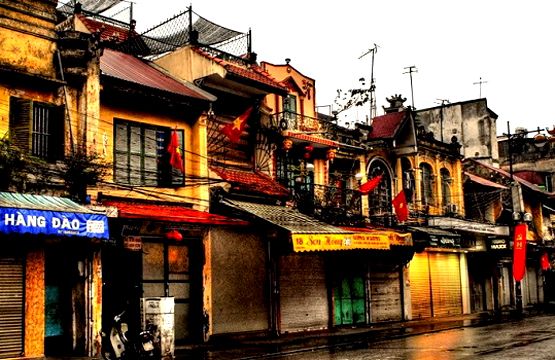
Ongoing Challenges
Despite these achievements, Vietnam continues to face challenges. Environmental sustainability, corruption, and social inequality remain pressing issues. Rapid urbanization and industrialization have also brought about new economic and social challenges. However, the government's commitment to reform and innovation provides a pathway to address these issues effectively.
The Road Ahead
As Vietnam approaches its 50th anniversary of reunification, the nation reflects on its journey with pride and optimism. The challenges faced and overcome have strengthened the country's resilience and determination. Moving forward, Vietnam aims to build a prosperous, inclusive, and sustainable future, continuing its remarkable journey of growth and development.
The past nearly 50 years have been a testament to the spirit and perseverance of the Vietnamese people, showcasing their ability to overcome adversity and strive for a better future.